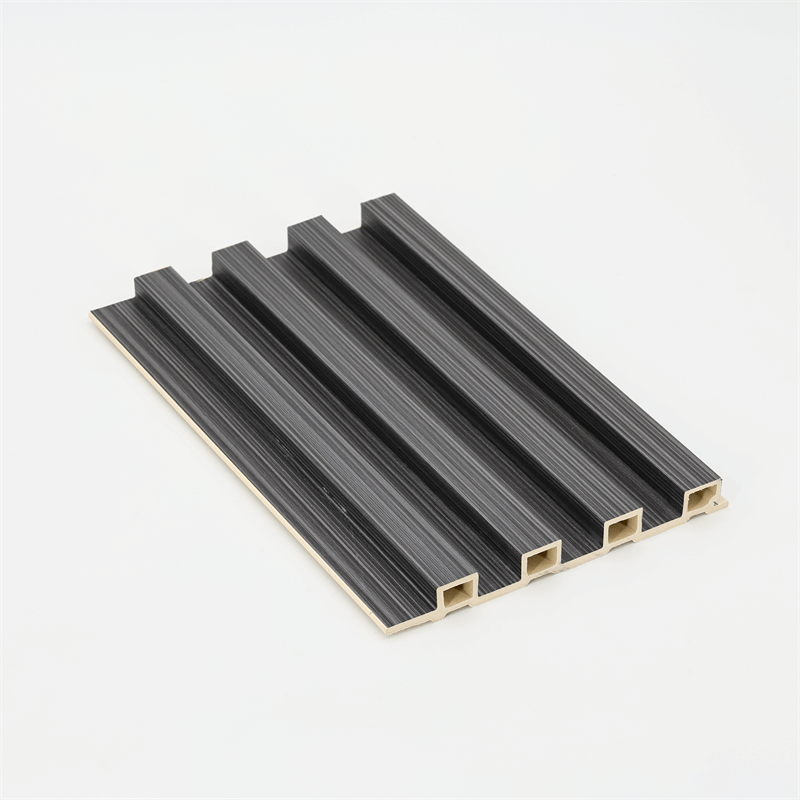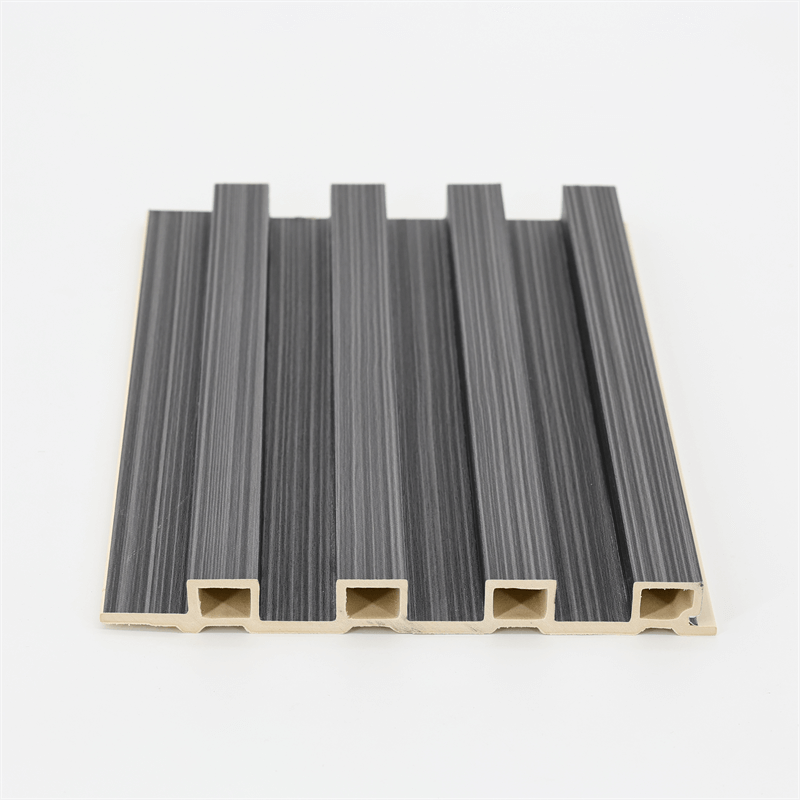Interior cladding plays a crucial role in defining the aesthetic appeal and functionality of a space.
In recent years, WPC (Wood-Plastic Composite) wall panels have emerged as a revolutionary solution that is transforming the way we approach interior cladding.
These panels combine the natural beauty of wood with the durability and versatility of composite materials, offering a range of benefits that make them a preferred choice among designers, architects, and homeowners.
In this essay, we will explore how WPC wall panels are revolutionizing interior cladding and the key reasons behind their growing popularity.
I. The Unique Blend of Aesthetics and Durability
One of the primary reasons why WPC wall panels are revolutionizing interior cladding is the unique blend of aesthetics and durability they offer.
These panels are designed to mimic the natural look and texture of wood, providing a warm and inviting atmosphere to any space.
Whether you prefer the timeless elegance of oak, the rustic charm of cedar, or the sleek modernity of walnut, there is a WPC panel that can meet your design preferences.
Furthermore, WPC panels are engineered to be highly durable and resistant to various environmental factors.
They are not prone to rot, decay, or warping like natural wood, making them an ideal choice for interior cladding.
The combination of wood fibers and polymers in WPC panels creates a material that is resistant to moisture, UV rays, and temperature fluctuations.
This durability ensures that WPC wall panels maintain their beauty and integrity for years to come, even in high-traffic areas or spaces with high humidity levels.
II. Sustainability and Environmental Benefits
Another significant aspect of the revolution brought by WPC wall panels in interior cladding is their sustainability and environmental benefits.
As eco-consciousness continues to grow, more and more individuals are seeking sustainable alternatives for their design choices.
WPC panels offer a greener solution compared to traditional wood cladding options.
WPC panels are primarily made from recycled materials, including wood fibers derived from sawdust, wood chips, or agricultural residues, combined with recycled polymers.
By utilizing these materials, WPC panels help reduce waste and promote the efficient use of resources.
Moreover, the manufacturing process of WPC panels consumes less energy and generates fewer greenhouse gas emissions compared to the production of traditional wood products.
The sustainability of WPC wall panels extends to their long lifespan and low maintenance requirements.
Their durability ensures that they do not need frequent replacement, reducing the demand for new materials.
Additionally, WPC panels do not require staining, sealing, or painting, which eliminates the use of harsh chemicals and further reduces environmental impact.
III. Easy Installation and Versatile Applications
WPC wall panels revolutionize interior cladding by offering easy installation methods and versatile applications.
Unlike traditional wood cladding, which often requires specialized skills and tools, WPC panels are designed to be user-friendly.
They can be easily cut, shaped, and installed using standard tools, saving time and effort during the installation process.
The versatility of WPC wall panels allows for a wide range of applications in interior cladding.
They can be used in various spaces, including residential homes, commercial buildings, hotels, restaurants, and retail stores.
WPC panels are suitable for both vertical and horizontal installations, offering flexibility in design choices.
They can be applied to entire walls or used selectively to create accent walls, highlighting specific areas or architectural features.
Moreover, WPC panels can be installed over existing surfaces, such as drywall or concrete, eliminating the need for extensive demolition or preparation work.
This not only simplifies the installation process but also reduces costs and construction waste.
IV. Low Maintenance and Long-Term Cost Savings
WPC wall panels bring significant advantages in terms of low maintenance and long-term cost savings.
Unlike natural wood cladding, which requires regular maintenance, such as staining, sealing, and repainting, WPC panels are virtually maintenance-free.
They do not fade, crack, or splinter over time, eliminating the need for costly repairs or replacements.
To maintain the beauty of WPC panels, simple cleaning with mild soap and water is usually sufficient.
They are resistant to stains, mold, and mildew, making them suitable for areas prone to moisture, such as bathrooms or kitchens.
The low maintenance requirements of WPC wall panels save both time and money, allowing homeowners and businesses to focus on enjoying their spaces rather than investing in ongoing upkeep.

In terms of long-term cost savings, WPC wall panels prove to be a wise investment.
While the initial cost of WPC panels may be slightly higher than traditional wood cladding options, the long-term benefits outweigh the upfront expenses.
The durability and resistance of WPC panels ensure their longevity, reducing the need for frequent replacements.
Additionally, the low maintenance requirements translate into savings in labor and materials for upkeep and repairs over time.
WPC wall panels have undoubtedly revolutionized interior cladding with their unique blend of aesthetics, durability, sustainability, easy installation, and low maintenance.
Their ability to mimic the natural beauty of wood while offering enhanced durability and resistance to environmental factors makes them a preferred choice for both residential and commercial applications.
Furthermore, WPC wall panels contribute to sustainability efforts by utilizing recycled materials and reducing waste.
Their long lifespan and low maintenance requirements result in long-term cost savings for homeowners and businesses.
As the demand for sustainable and durable interior cladding options continues to grow, WPC wall panels are poised to remain at the forefront of the industry.
Their versatility, eco-friendliness, and long-lasting performance make them a revolutionary choice that enhances the aesthetics and functionality of any space.
Embrace the revolution of WPC wall panels in interior cladding and unlock the potential to create beautiful, sustainable, and enduring environments.


